Growing Construction Sector
The expansion of the construction sector is a significant driver for the Green Cement Market. As urbanization accelerates and infrastructure development projects increase, the demand for cement is on the rise. However, there is a growing recognition of the need for sustainable building materials to mitigate the environmental impact of construction activities. The construction industry is increasingly adopting green building practices, which often prioritize the use of eco-friendly materials such as green cement. Market data suggests that the construction sector is projected to grow at a compound annual growth rate of over 5% in the coming years. This growth presents a substantial opportunity for the Green Cement Market, as more construction projects seek to incorporate sustainable materials to meet both regulatory requirements and consumer preferences.
Rising Environmental Awareness
The increasing awareness regarding environmental issues is a pivotal driver for the Green Cement Market. Consumers and businesses alike are becoming more conscious of their carbon footprints and the environmental impact of traditional cement production. This shift in mindset is prompting a demand for sustainable construction materials, including green cement. According to recent data, the cement industry is responsible for approximately 8% of global carbon dioxide emissions. As a result, stakeholders are actively seeking alternatives that reduce these emissions. The Green Cement Market is thus positioned to benefit from this trend, as it offers products that align with the growing preference for eco-friendly solutions. This heightened environmental consciousness is likely to drive innovation and investment in green cement technologies, further propelling market growth.
Government Incentives and Policies
Government incentives and supportive policies are crucial drivers for the Green Cement Market. Many governments are implementing regulations aimed at reducing greenhouse gas emissions and promoting sustainable construction practices. For instance, various countries have introduced tax breaks, subsidies, and grants for companies that adopt green technologies, including the use of green cement. These initiatives not only encourage manufacturers to invest in sustainable practices but also stimulate demand from construction firms looking to comply with environmental regulations. The Green Cement Market stands to gain from these favorable policies, as they create a conducive environment for the adoption of eco-friendly materials. As governments continue to prioritize sustainability, the market for green cement is expected to expand, driven by both regulatory compliance and financial incentives.
Corporate Social Responsibility Initiatives
Corporate social responsibility (CSR) initiatives are becoming increasingly important in driving the Green Cement Market. Companies are recognizing the value of sustainability not only for compliance but also for enhancing their brand image and meeting consumer expectations. Many corporations are committing to reducing their environmental impact, which includes adopting green cement in their construction projects. This trend is particularly evident in sectors such as real estate and infrastructure, where companies are actively seeking to align their operations with sustainable practices. The Green Cement Market is likely to benefit from this shift, as businesses prioritize eco-friendly materials in their CSR strategies. As more companies embrace sustainability, the demand for green cement is expected to rise, further solidifying its position in the construction materials market.
Technological Innovations in Cement Production
Technological advancements in cement production processes are significantly influencing the Green Cement Market. Innovations such as the development of alternative binders and the use of industrial by-products are enhancing the sustainability of cement manufacturing. For example, the incorporation of fly ash and slag in cement formulations not only reduces the reliance on traditional raw materials but also minimizes waste. Recent studies indicate that these innovations can lead to a reduction in carbon emissions by up to 30%. As technology continues to evolve, the Green Cement Market is likely to see an influx of new products that meet both performance and environmental standards. This ongoing technological evolution is expected to attract investment and drive competition, ultimately benefiting consumers and the environment alike.
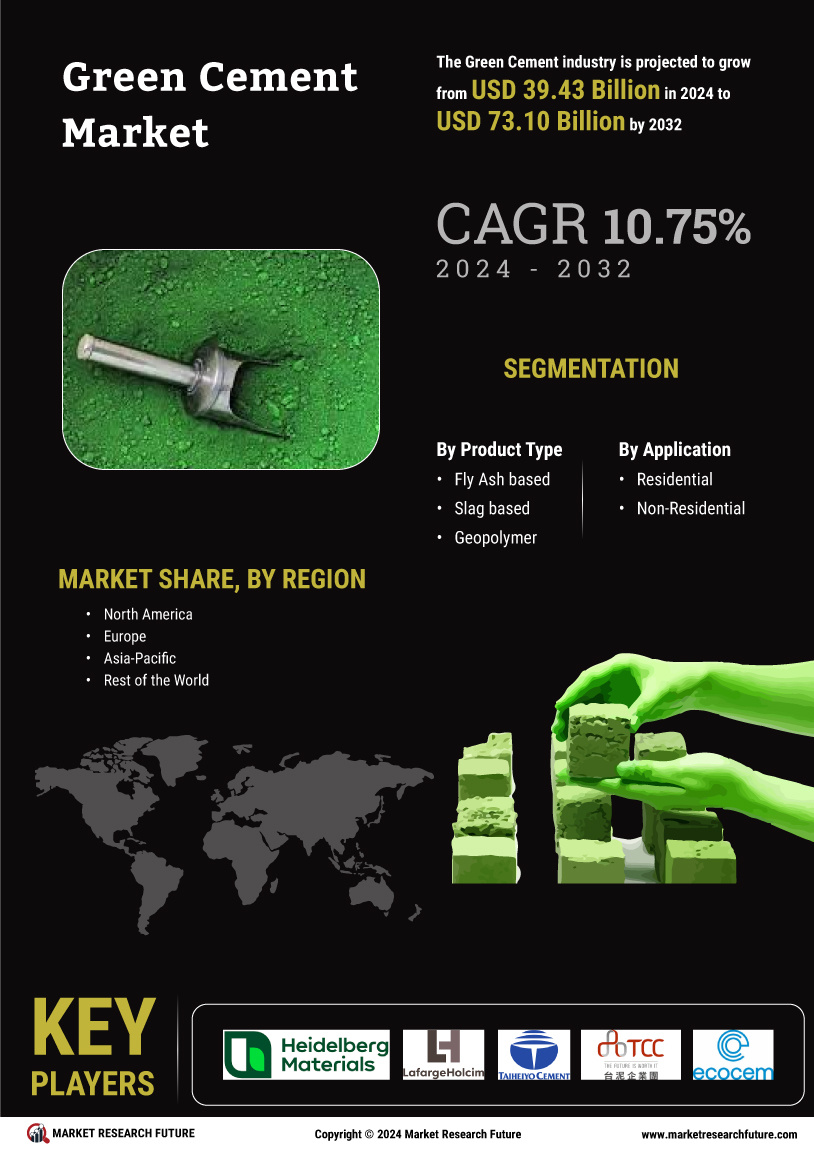

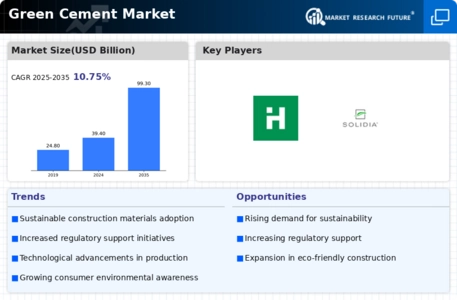
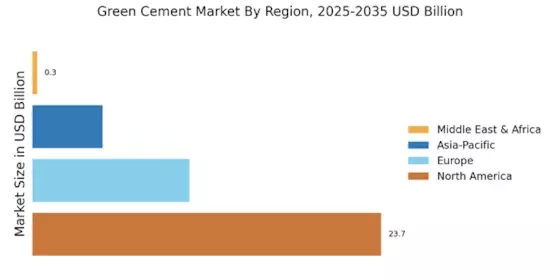
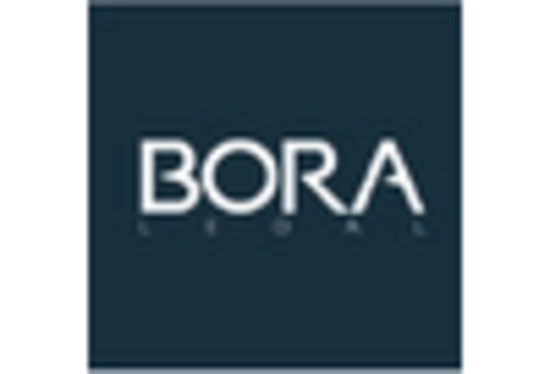

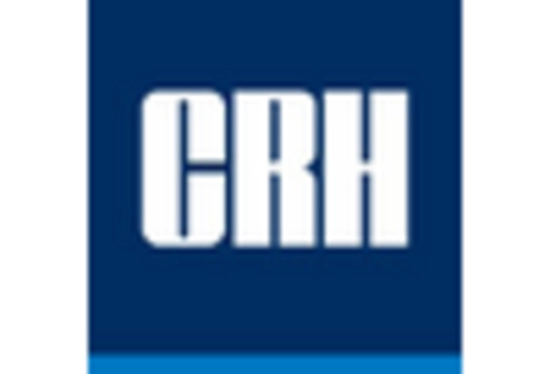
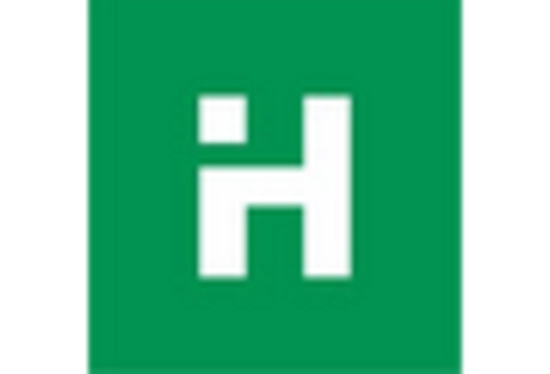
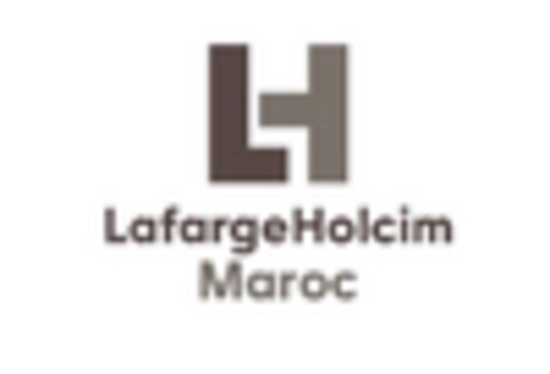
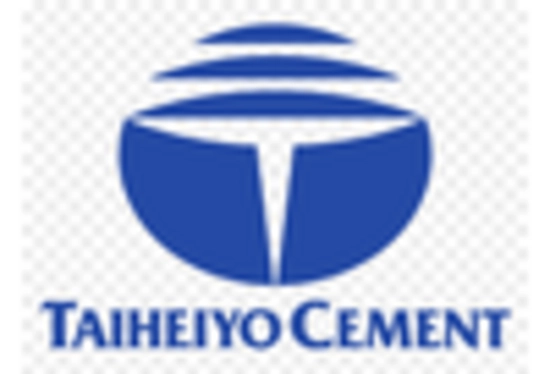








Leave a Comment